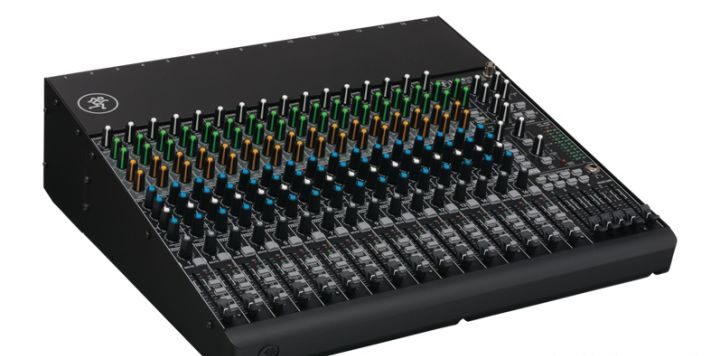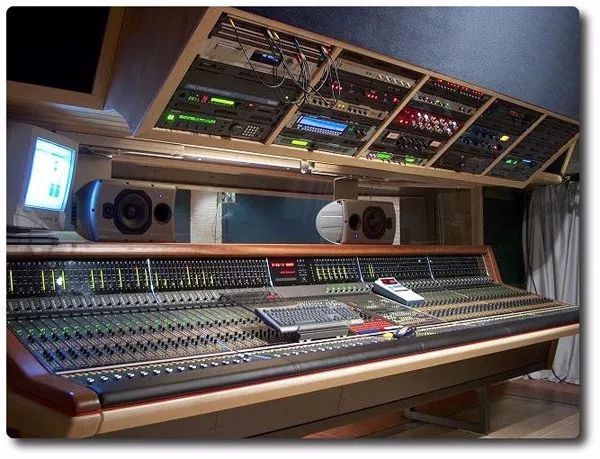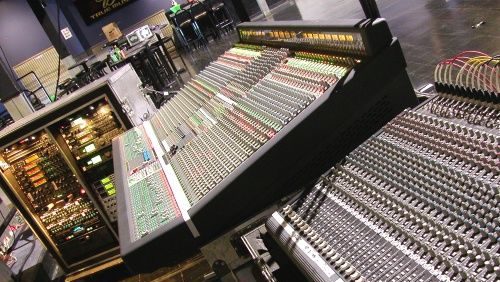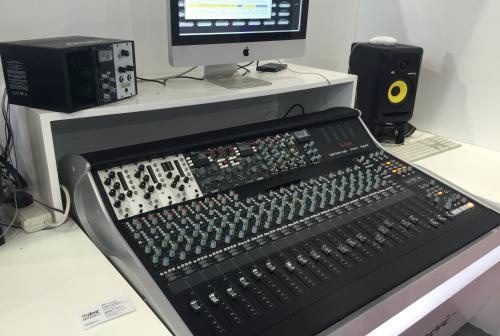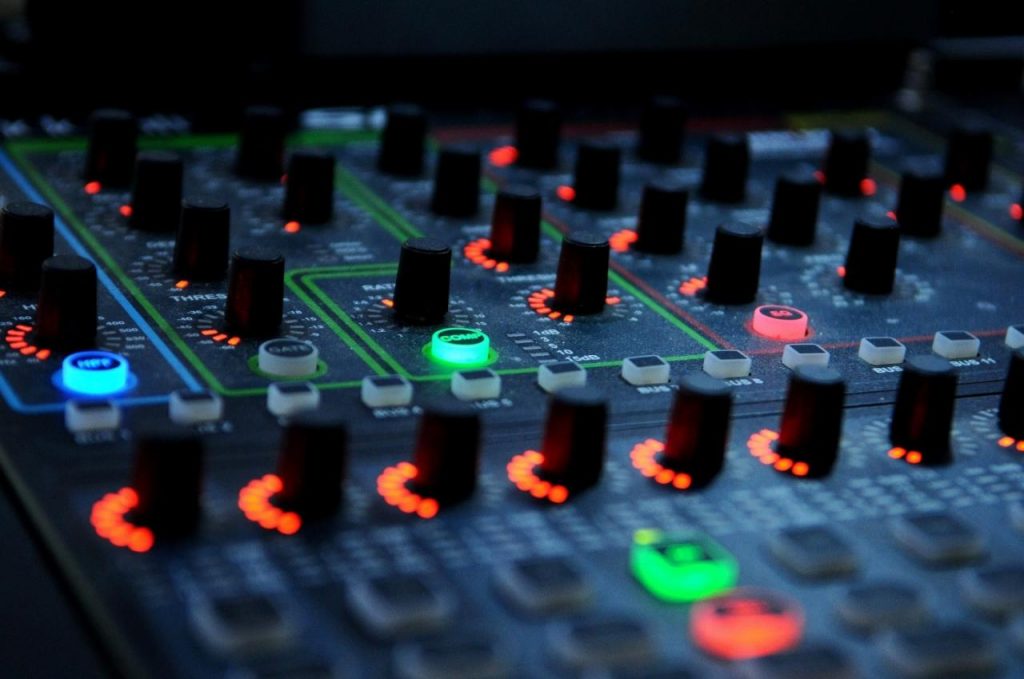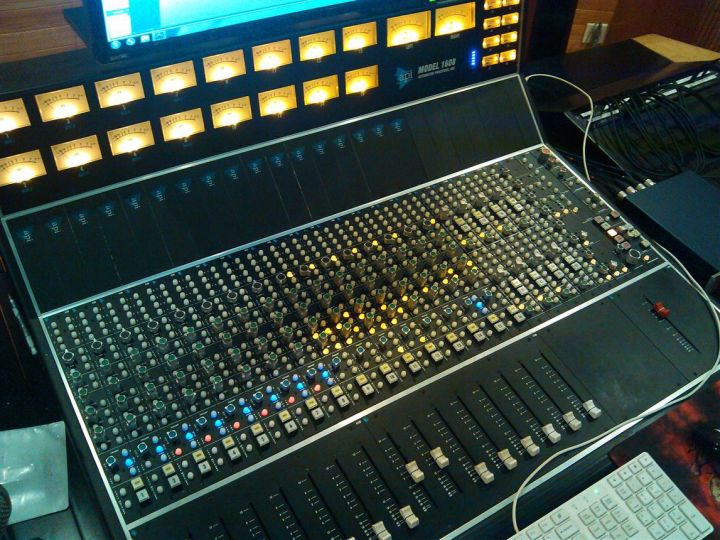The most common non-technical problems encountered when recording dry drafts of vocals in the studio are spray, labiodental, and saliva. The most troublesome thing is that no matter how careful you are with pronunciation and articulation, this problem is still difficult to improve immediately or completely; even the musical expression, pitch, and tempo have reached the most perfect state, but there are always spurts at the key points of certain words. Mic, labiodental problem, this is really unpleasant. Today I’m going to share some ways to improve and reduce this type of problem.

- Windshield The wind hood, commonly known as the saliva hood, is mainly made of wire mesh and metal mesh (fluid mechanics/spoiler) (as shown in the figure below).
_edit_29134887515345.jpg)
The most common non-technical problems encountered when recording dry drafts of vocals in the studio are spray, labiodental, and saliva. The most troublesome thing is that no matter how careful you are with pronunciation and articulation, this problem is still difficult to improve immediately or completely; even the musical expression, pitch, and tempo have reached the most perfect state, but there are always spurts at the key points of certain words. Mic, labiodental problem, this is really unpleasant. Today I’m going to share some ways to improve and reduce this type of problem.
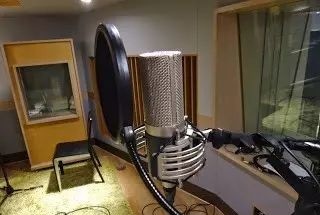
- Windshield The wind hood, commonly known as the saliva hood, is mainly made of wire mesh and metal mesh (fluid mechanics/spoiler) (as shown in the figure below).
- Microphone angle For example, in order to reduce the windward resistance during a race, the body angle will be slightly inclined, or the tight-fitting clothes will be worn, which means that the larger the windward surface area of the body is, the larger the resistance will be.
- The sounding position is relative to the projection position of the diaphragm
- Radio distance This refers to the distance between the singer and the microphone. In fact, each type of microphone (moving coil, ribbon, capacitor) and different brands of microphones will have different personalities and characteristics, so how to adjust the distance from the microphone and how to interact with the microphone is also the best It is adjusted by a more experienced sound engineer who is familiar with the characteristics of the microphone; the sound engineer uses his professional judgment and experience to decide ”how much distance should be adjusted to improve the microphone and labiodental problem” while maintaining the best sound quality.
- Manual processing
_edit_29141728162740.jpg)
- Microphone angle For example, in order to reduce the windward resistance during a race, the body angle will be slightly inclined, or the tight-fitting clothes will be worn, which means that the larger the windward surface area of the body is, the larger the resistance will be.
- The sounding position is relative to the projection position of the diaphragm
- Radio distance This refers to the distance between the singer and the microphone. In fact, each type of microphone (moving coil, ribbon, capacitor) and different brands of microphones will have different personalities and characteristics, so how to adjust the distance from the microphone and how to interact with the microphone is also the best It is adjusted by a more experienced sound engineer who is familiar with the characteristics of the microphone; the sound engineer uses his professional judgment and experience to decide ”how much distance should be adjusted to improve the microphone and labiodental problem” while maintaining the best sound quality.
- Manual processing

